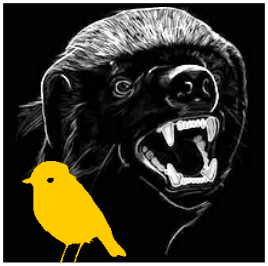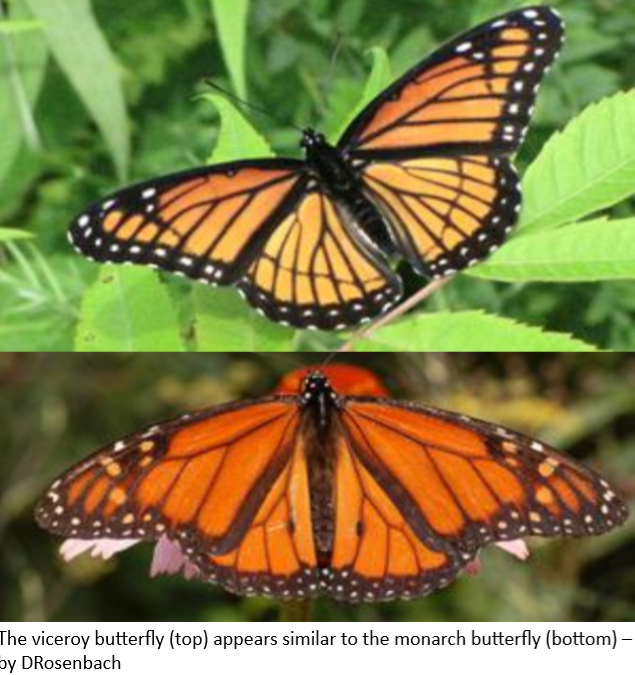Is Müllerian mimicry a misnomer and a non-concept in Lepidoptera?

Prof. Mumblebard claims: “Coexisting butterflies with warning colouration tend to resemble each other even where all the mimicking species are genuinely noxious to predators. These Müllerian mimicry rings – which are rightly regarded as a textbook example of deceptive colouration in animals – have been adequately explained for more than a century. Because recognition of aposematic patterns by birds is learned rather than instinctive, it’s advantageous to both the avian predators and the vulnerable butterflies if the signal of one model species of butterfly is copied by several noxious species. Such mimicry enables each species to advertise its identity as a dangerous food item.”
Robin and the Honey Badger respond: “’Müllerian mimicry’ is too poorly named and explained to deserve its current status in biological textbooks. Mimicry is deception by definition, yet in ‘Müllerian mimicry’ all the butterflies in the ring display gaudy warnings of real toxicity – which means that the butterflies’ communication with their potential predators is not deceptive but honest. A further flaw in the term mimicry in ‘Müllerian mimicry’ is that it’s practically impossible to identify any one species as the ‘model’ in the evolution of these patterns. We suggest a better term, ‘aposematic uniformism’, which drops the concept of mimicry from both the name and the explanation. The reason why existing accounts of aposematic uniformism (= ‘Müllerian mimicry’) are unsatisfactory is as follows. Warning colouration by definition promotes identification, but aposematic uniformism blurs distinctions between species of butterflies and hence types of toxicity. This compromises the communication between butterfly and predator, which boosts the risk of mistaken attacks on butterflies by birds. Thinking laterally in our re-assessment leads us to the following novel explanation:

Please join us here at the Bio-edge with your own comments. In the discussion below we encourage links to any evidence supporting either Prof. Mumblebard or Robin and the Honey Badger. Illustrations are welcome but please cite all sources or we may be forced under copyright to delete your comment.

